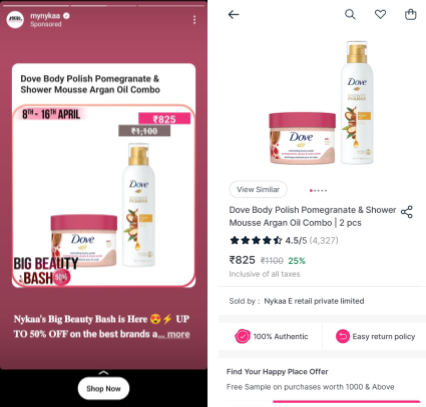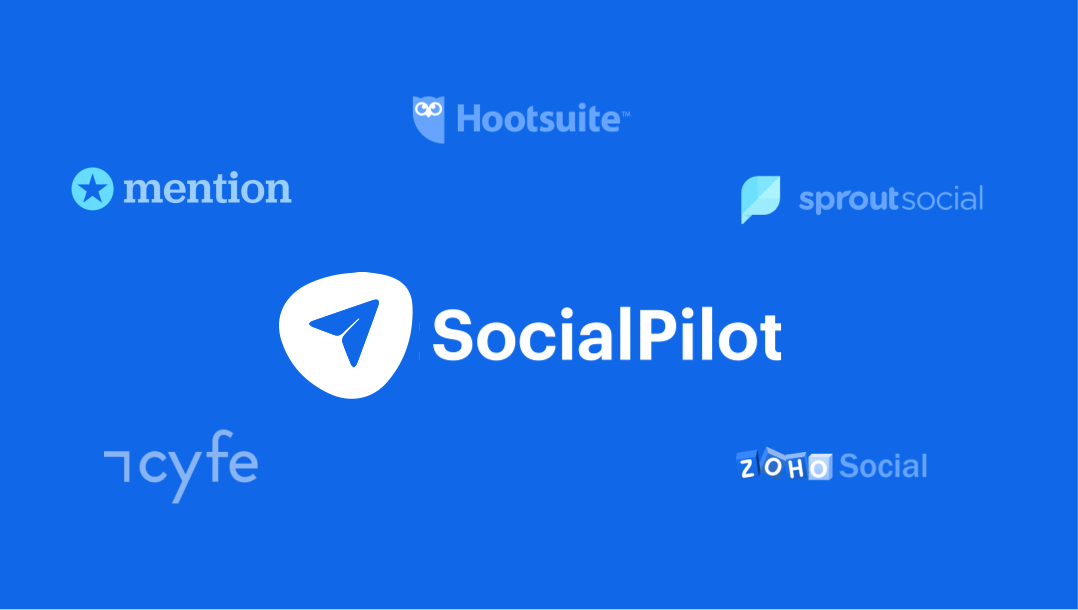More About Deep Linking
The technique of deep linking has completely changed how people engage with online content in the digital age of mobile apps.
So, what is a deep link? This type of effective hyperlink connects users to a particular section or functionality of an app, eliminating the requirement for them to go through numerous screens to discover what they’re searching for.
Deep linking has developed into a significant tool for both app developers and marketers in the current age of mobile-first digital interactions. Leveraging deep linking has several advantages, from enhancing app discovery to delivering better metrics on reach and engagement.
Deep links improve the user experience as a whole and boost engagement by enabling users to quickly navigate to the content they seek.
Did you know the concept of deep linking first came about in 2006? The initial idea of a deep link was quite debatable at the time. For one, the concept of the deep link was quite often mixed up with ‘hot links.’ (The latter referred to the practice of linking downloadable files on a third-party, non-participating website.)
With time, netizens understood the difference between a hot link and a deep link, and the concept of deep linking grew with the internet progressively.
Today, there are three primary kinds of deep links you can use for your business:
Conventional Deep Link
A conventional deep link directs the user to a mobile application only if the application has already been installed when the link is clicked. Traditional deep links will not function if the customer does not have the application installed. Instead, the user will see an error message or a fallback section.
Deferred Deep Link
A deferred deep link can direct the user to the content regardless of the application being installed when the link is accessed. Once the user has downloaded the app from the App Store or Play Store, the link will direct them to the specific ‘deferred’ content right away.
Contextual Deep Link
Contextual deep links provide all of the features of deferred deep links and more. A contextual deep link can keep track of the user’s intended final destination, the address of the link’s click, the person who first shared it, and an almost limitless quantity of such specific information. Contextual links are beneficial for app developers as well as consumers.
Now that you have understood the different types of deep links, let’s look at some benefits of social media deep links:
- Deep links improve user experience and save time and effort for users by directing them straight to the content they wish to see on the app or website.
- Deep linking makes it simpler for consumers to reach particular items within the app, enhancing user engagement. This can result in higher user retention and regular app usage.
- Deep linking is an effective way to highlight certain app information, making it simpler for users to find improvements or characteristics. Additionally, this could boost app downloads and user growth.
- Deep links make it possible to monitor consumer behavior and assess how well marketing initiatives are working. This information can be utilized to enhance app engagement and boost marketing plans.
Here is an example of how conventional deep linking works. This example from Instagram shows an ad for a product on the beauty store Nykaa. When one clicks the CTA ‘show now,’ the deep link embedded in the ad directs to the mobile application page for the product.



